I Borghi più belli d’Italia, an Italian association aimed at preserving and promoting towns with fewer than 15,000 residents, has added six new idyllic spots to its list of most beautiful Italian towns. The association’s list now includes a total of 315 Italian towns.
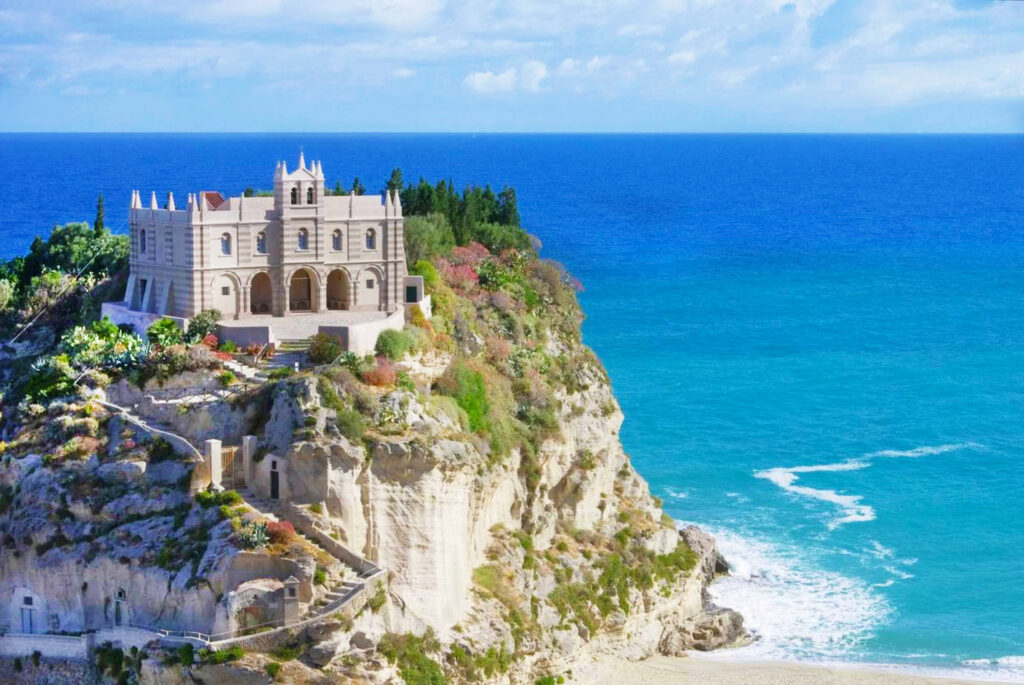
Among the additions is Tropea, the pearl of the Tyrrhenian Sea. The town is located in the province of Vibo Valentia in Calabria and is famous for its gorgeous coastline and red onion – Cipolle di Tropea. Legend has it that the town was founded by Hercules when returning from his labors at the Pillars of Hercules (the modern-day Strait of Gibraltar). Graves of Magna Graecian origin have been found near Tropea. The picturesque town of narrow alleys and lanes is located on the Promontorio di Tropea, which stretches from Nicotera in the south to Pizzo in the north. The coast alternates between dramatic cliffs and soft sandy beaches, all edged by the translucent Tyrrhenian Sea.

In Puglia, Monte Sant’Angelo in the Province of Foggia, on the southern slopes of Monte Gargano was selected. It is home to the Sanctuary of Monte Sant’Angelo. The Sanctuary includes the oldest shrine in Western Europe dedicated to the Archangel Michael and became an important pilgrimage site in the sixth century, visited by eight popes, three future saints and six emperors during the early Middle Ages. In 493, the Archangel appeared several times to the Bishop of Sipontum near a cave in the mountains. He consecrated the cave and indicated that it should be used as a site of Christian worship, which would provide protection to the town of Sipontum from pagan invaders. Pope Gelasius I soon directed that a Basilica be built at the location. The stones of the grotto have long since believed to provide protection for the faithful against unjustified oppression.
The cavern can be accessed from a Romanesque portal called the Portale del Toro (Gate of the Bull). The bronze doors were made in Constantinople in 1076, the donation of a noble and are divided into 24 panels portraying scenes from the Old and New Testaments. It became a UNESCO World Heritage Site in 2011 as “Longobards in Italy. Places of the power (568-774 AD).”
The town also includes a portion of a second UNESCO Site – Foresta Umbra, also known as the ‘Forest of Shadows.’ Part of the Gargano’s enchanted interior, it is the last remnant of Puglia’s ancient forests which contain more than 65 different types of orchid.
Towns have to apply for inclusion on the association’s list and demonstrate they have the artistic, historical and cultural heritage merit. They also must take measures to protect the environment, offer tourist accommodations and find ways to preserve local traditions. Each new town on the list earned its spot because of its unique and fascinating nature, said the association in announcing the additions.
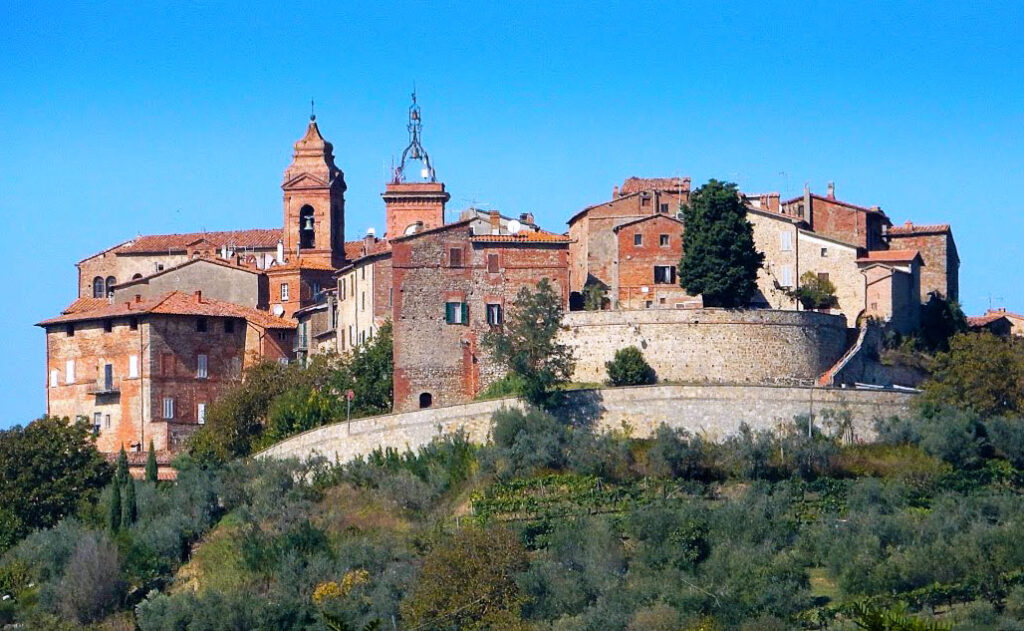
Monteleone d’Orvieto in Umbria earned a spot on the list, thanks to its medieval walls, churches and incredible panoramic views of the surrounding valleys. It was named in honor of Pope Leo IX, when Castello Brandetto was built in 1052, the date of the town’s origin. As a historical footnote, it was Leo IX that established celibacy in the Church for clergy members. Set within the Province of Terni, about 20 miles southwest of Perugia, the town was besieged and nearly destroyed in 1643, during a war fought between Pope Urban VIII and the House of Farnese, who had ruled over the town since the 13th century. Today, it is a charming village of less than 1,500 residents. Located on one of the hills that separate Orvieto from Città della Pieve, visitors can admire breathtaking views that sweep from the neighboring regions of Tuscany to Lazio.
Stanley Tucci: Searching for Italy
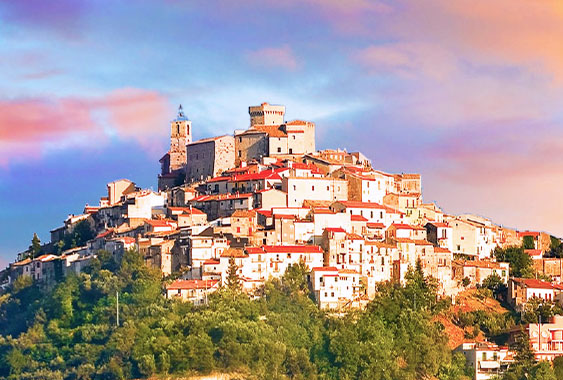
In Abruzzo, Casoli in the Province of Chieti was added to the list of beautiful towns. Situated near the soaring Majella Mountain, its population is roughly 6,000. The town contains the 11th century Castello Masciantonio, which was fortified by the House of Orsini in the 14th century, turning it into a Ducal Palace, which today houses a museum. The classic medieval town sits high on a hill with panoramic views of the Apennine Mountains, Adriatic Sea and the Italian countryside. Casoli’s cobblestone streets and ancient castle evoke scenes out of a movie, while its cafés, restaurants, street markets, shops and the warm people provide a welcome experience for all visitors.
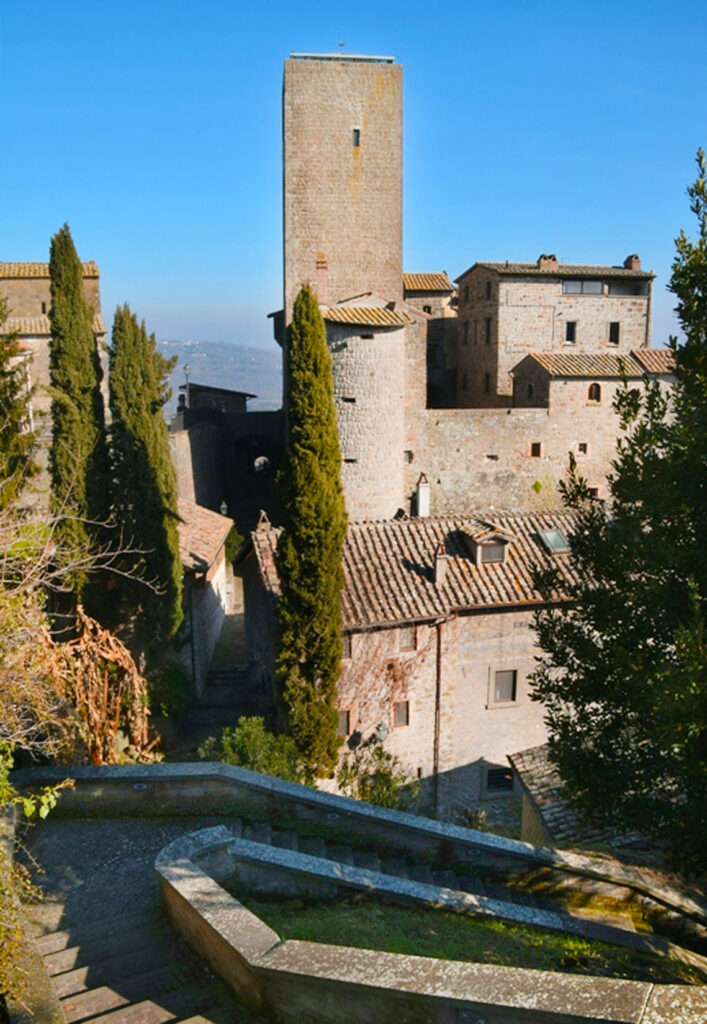
Meanwhile, Bassano di Teverina (not to be confused with the much larger town of Bassano di Grappa in Veneto, home of the famous and potent spirit) is located in the Province of Viterbo and lies on the border between Lazio and Umbria. The town overlooks the Tiber Valley and was well settled by the Romans, although artifacts show that it was also home to an earlier thriving Etruscan village. In the Middle Ages, it was the property of Countess Matilda of Canossa, who donated Bassano’s castle and surrounding lands to Pope Gregory VII in 1070, thereby guaranteeing the protection of the Church for centuries. It numerous churches, tower, lanes and alleys bear testament to that era and evoke a sense of history around each corner of this picturesque town.
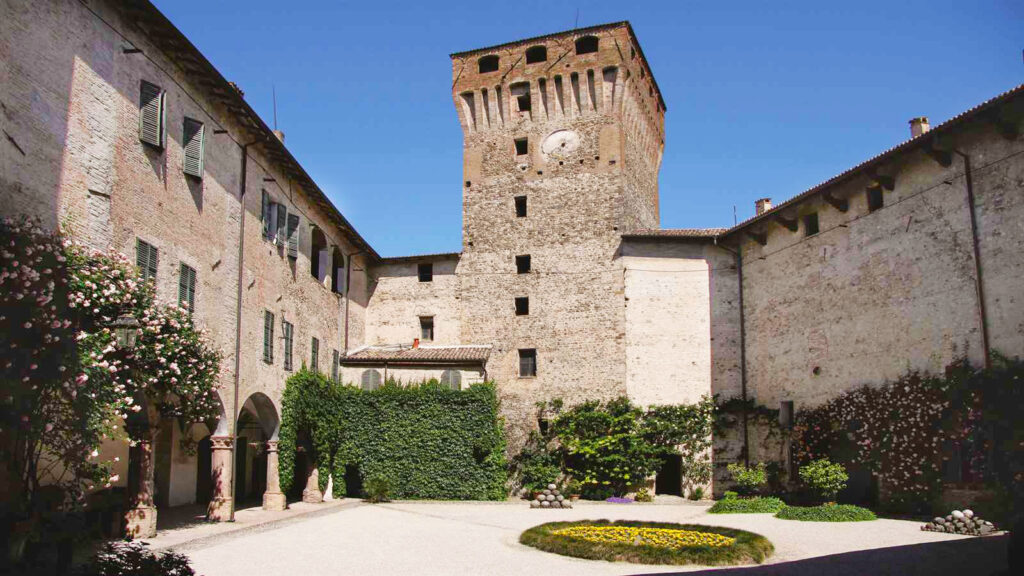
Montechiarugolo is the smallest town to earn a spot on the list. Located within the Emilia Romagna’s Province of Parma, it is about eight miles from the provincial capital. Situated within the breadbasket of Italy, the town is in the heart of a land of delectable foods, not the least of which are Parmigiano- Reggiano cheese and Prosciutto di Parma. The town is home to fewer than 100 residents and during the Renaissance was a (tiny) independent state from 1456 to 1612, when it was annexed by Ranuccio I Farnese, Duke of Parma. The main attraction of the town is the former Ducal Palace, first constructed in 1406 by the house of Torelli and has been expanded over the centuries. It has been owned by the Marchi family since 1806. Although the walls of the town no longer exist, the castle can still be visited (entrance is by way of a drawbridge) to admire the wonderful frescoed halls, where weddings take place nearly every weekend. It is rumored that the legendary Fairy Bema’s ghost still roams the castle and often visits brides on their wedding day.





